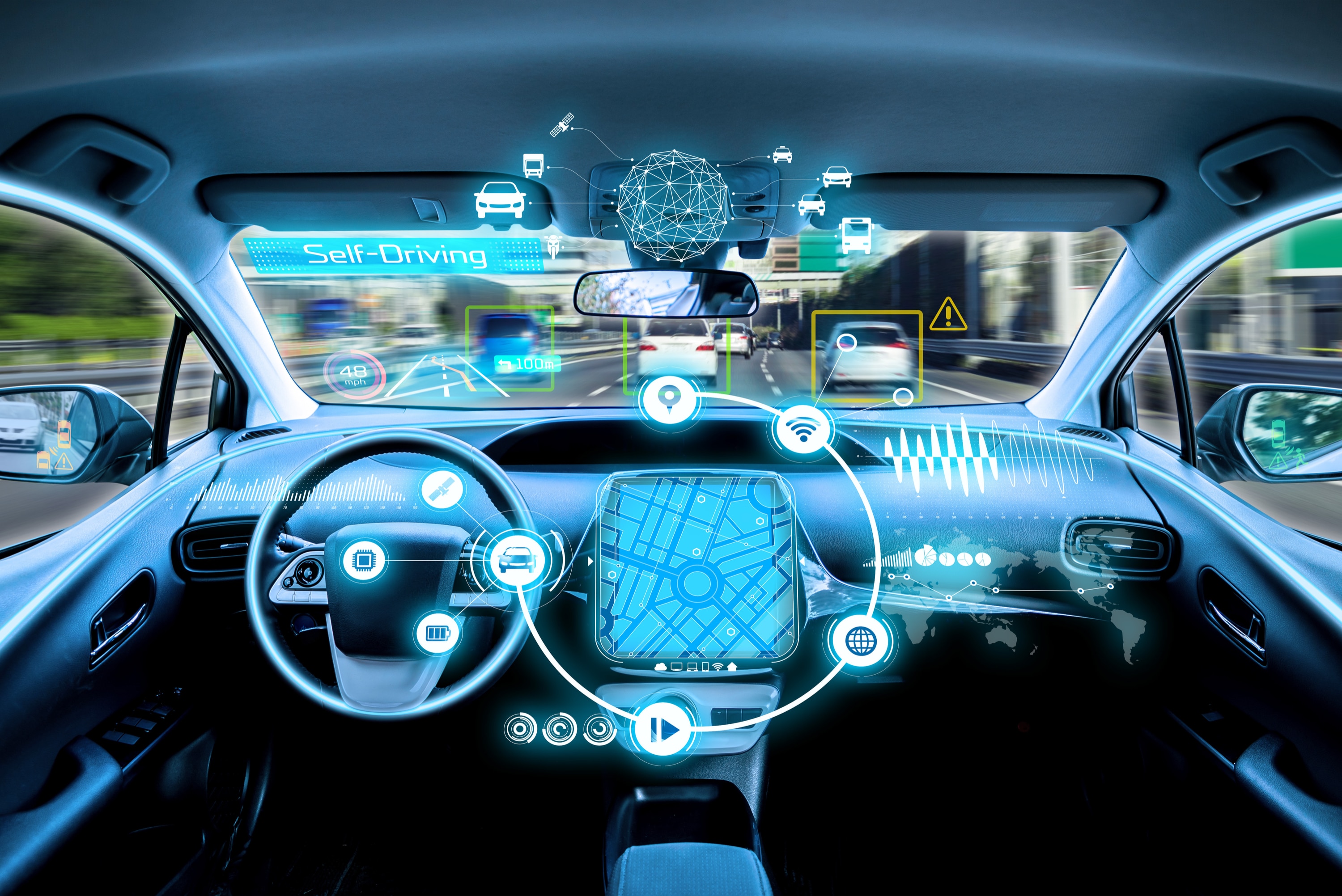摘要: A growing number of connected electric vehicles, as well as the evolution of self driving and automated vehicles are putting a greater demand on processing power. New technologies are advancing rapidly with the introduction of new processing methods, according to experts at BrainChip Holdings Ltd (ASX: BRN), (OTCQX: BRCHF), a leading provider of ultra-low power high performance artificial intelligence technology.

▲圖片標題(來源:Money Crashers)
These automotive systems rely heavily on Artificial Intelligence and Machine Learning (AI/ML) to train an increasing number of sensors, components, image and video processors in each vehicle. Autonomous vehicles and near-autonomous vehicles are predicted to generate 12-15 terabytes (1014) of data for every two hours of driving, and all this data has vulnerabilities as it is uploaded to the cloud. Consumer advocates have raised alarms about operator and passenger privacy, including location data, driver health, speed, and more with the dependence on the cloud.
“Many of the concerns about driverless cars and driver assist systems can be addressed with improved AI/ML operations and internal components,” said BrainChip Founder and CEO Peter van der Made. “Safety is a particularly salient one, but energy efficiency, privacy and security are critical considerations for the automotive industry and their supply chain to address.”
Notable ways that improved technology “under the hood” will reduce accidents, protect data, and conserve energy include:
Real-time learning
Improved chips can perform “incremental learning,” and add to their knowledge of the world as they are confronted with new information. Object recognition is one situation when real-time learning is impactful – a car needs to “see” whether an object in the road is a rock, an animal, or a plastic bag and be able to recognize the differences of each to react accordingly. Under current AI/ML processing methods, all are viewed as obstacles.
“Real-time incremental learning, sometimes called one-shot learning, makes it possible to train a chip within a fraction of a second, and trigger corrective action,” said van der Made. “As this is widely adopted, the safety improvements will be enormous.”
On-chip learning
Traditional microprocessors are too slow to perform the type of calculations that are required to recognize objects. A large array of parallel operating cells, each operating according to the same principle as brain cells, perform rapid computations in the vehicle, rather than sending data to a cloud / data center and then waiting for instructions. Not only does this reduce latency so decisions are made faster, it removes the need for internet connectivity, so the vehicle continues to operate even when there is no internet available. And, by retaining data within the vehicle itself, instead of transmitting it to a remote location, security and personal data privacy is vastly improved.
“On-chip learning is likely the single biggest breakthrough for the automotive industry, because this alone addresses critical concerns like response times and data privacy,” said van der Made. “A car travelling at 110 km/h does 50 meters in one second. A one-second, or even a fraction of a second delay in receiving data from the cloud could be fatal.”
Greener processing
Today’s luxury cars contain many microchips. In the future, more advanced self-driving cars will have so many on-board computing systems that their power consumption will have a major impact on the car’s performance. Smaller, light weight, energy-efficient chips will reduce this impact. Ultra low power brain-like processors that can deliver high performance object recognition and an overall higher range of efficiency, so the car’s battery performance or overall power consumption is maximized.
“Combined with on-chip learning, power-efficient processors will also save vast amounts of energy versus transmitting data via the cloud,” said van der Made. “A back-of-the-envelope calculation suggests a 97% energy savings over current technologies, which not only improves the efficiency of the car, it reduces the data center’s energy use.” Each instance that runs on a remote data center is contributing to its huge carbon footprint.
Mechanical monitoring
Advanced AI processing can be used to monitor the health status of the vehicle for early diagnostics through real-time analysis of sensor data. Sensors can identify sounds, vibrations, even odors to identify upcoming problems or failures. This is a safety feature that also eliminates human error, reduces labor and maintenance costs, and prevents machinery deterioration.
Operator monitoring
Future systems will be capable of “seeing” the driver to gauge attention, to verify their identity to ensure they are authorized to operate the vehicle, and alert drowsy or distracted drivers instantly.
“There are valid reasons to question the safety and security of self-driving cars, but the largest and most dangerous threat is the processing limitation of present technologies,” said van der Made. “Less capable processors are the real obstacle, especially if corners are cut. It is critical that all data is processed within the car itself, that the data be protected from leak or attack, and that these developments do not come at a greater cost to people or even our planet.”
BrainChip’s Akida™ brings artificial intelligence to the edge in a way that is different from existing technologies. The solution is high-performance, small, ultra-low power and enables a wide array of edge capabilities. The Akida AKD1000 and its intellectual property can be used in applications including Smart Home, Smart Health, Smart City and Smart Transportation. These applications include but are not limited to home automation and remote controls, industrial IoT, robotics, security cameras, sensors, unmanned aircraft, autonomous vehicles, medical instruments, object detection, sound detection, odor and taste detection, gesture control and cybersecurity.
轉貼自: Inside Big Data
若喜歡本文,請關注我們的臉書 Please Like our Facebook Page: Big Data In Finance


留下你的回應
以訪客張貼回應